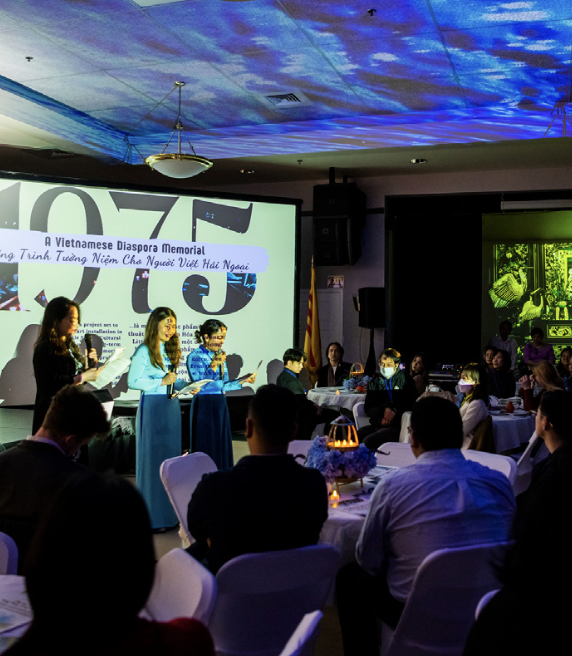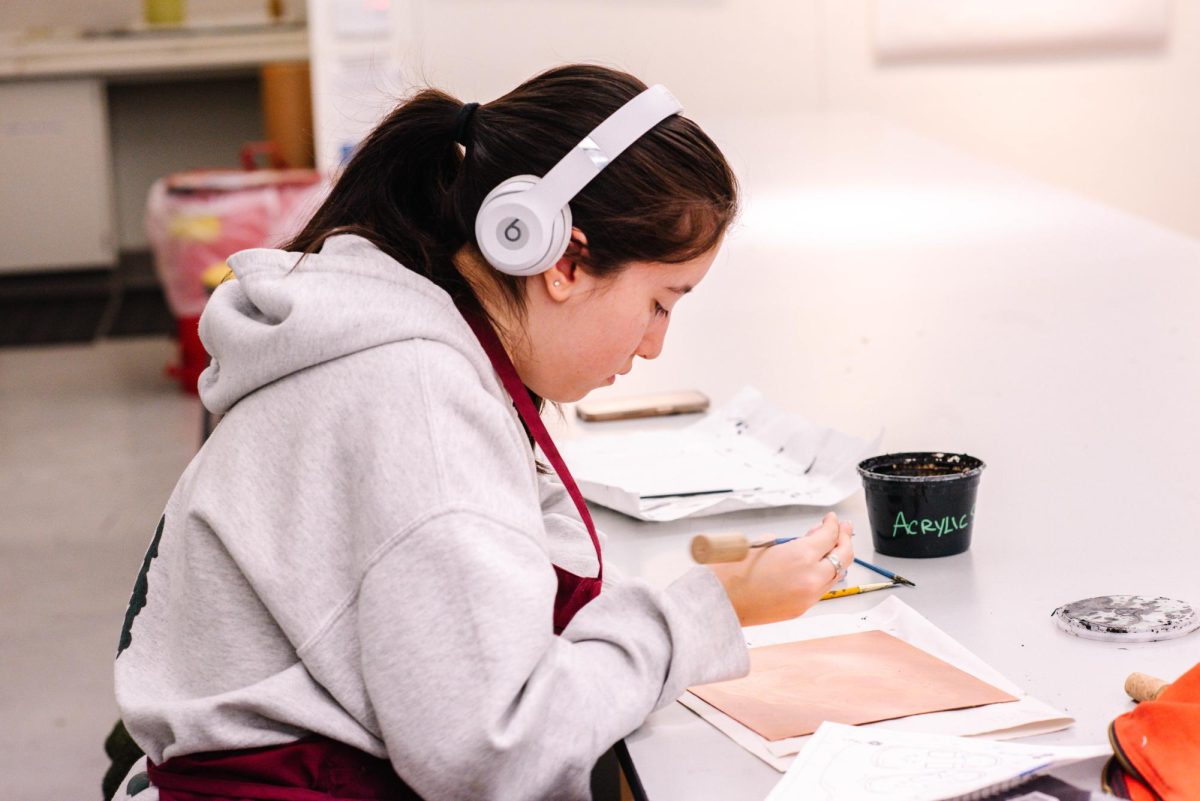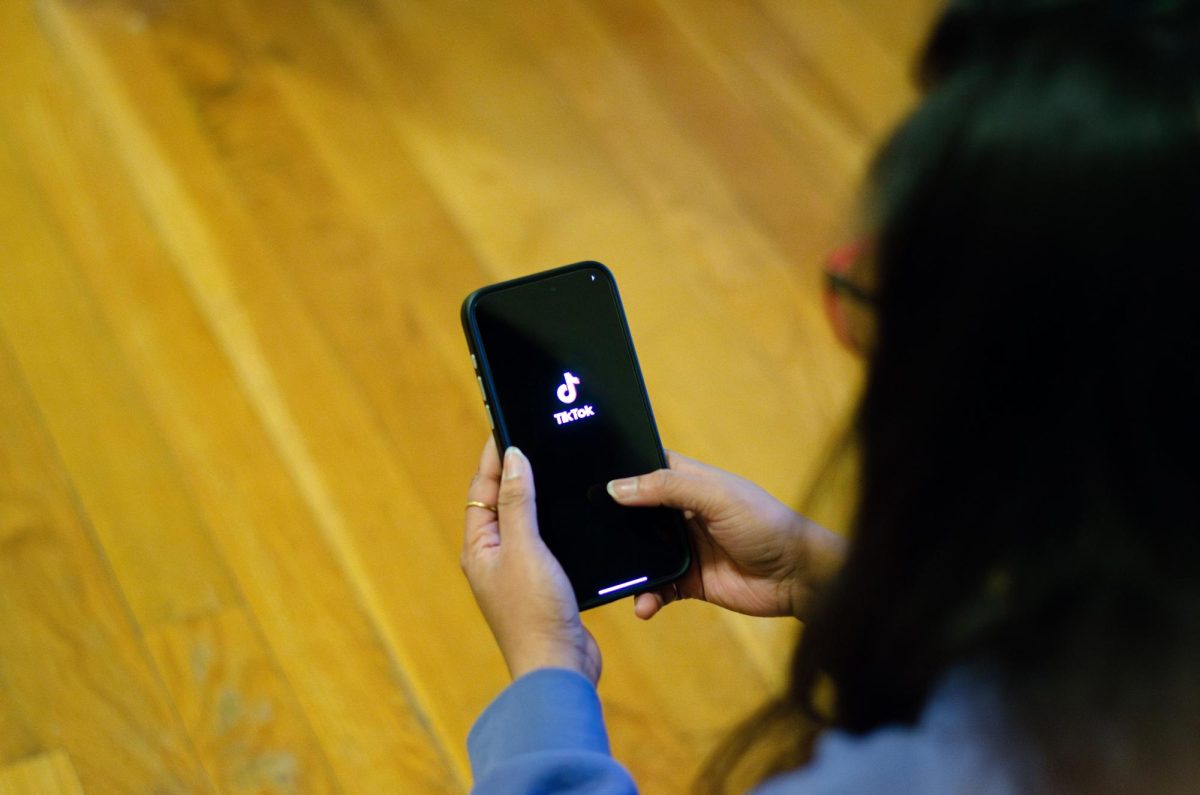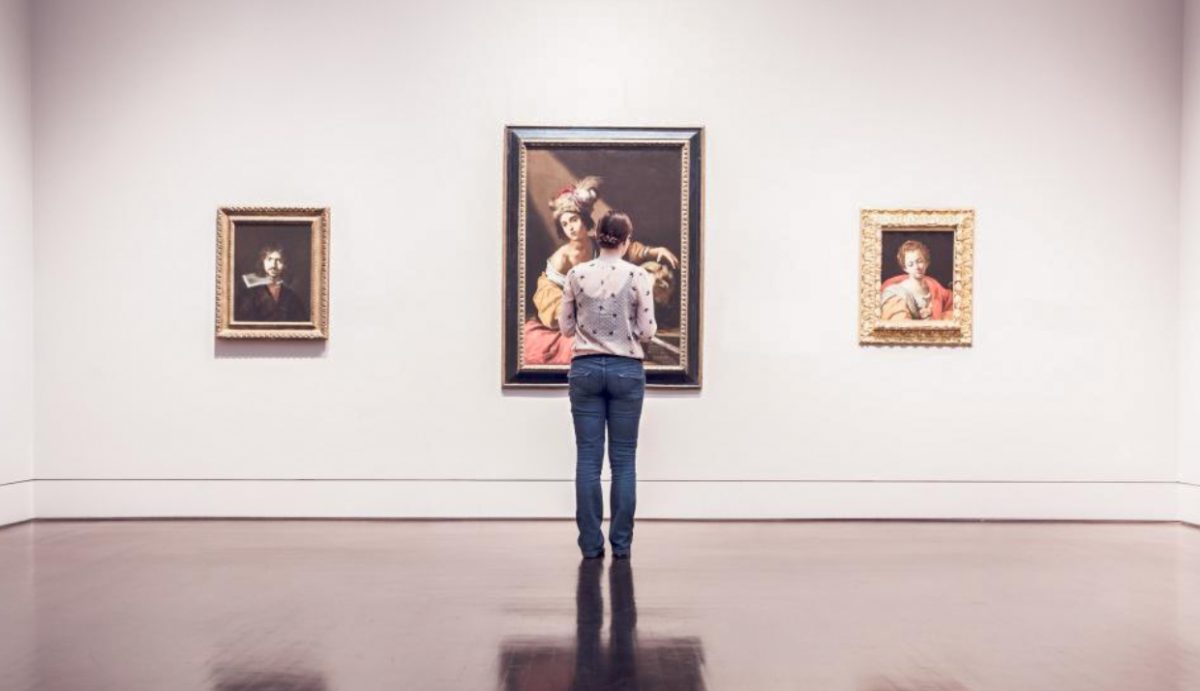Between 1662 and 1663, over 200 people were accused, convicted or executed for witchcraft in Salem, Mass. Of those 200 people, 25 were killed, 19 were hanged, five died in jail and one was crushed to death. In Connecticut, 34 people were accused of witchcraft and 11 were executed for accusations of witchcraft between 1647 and 1663.
On view at the Krakow-Witkin Gallery on Newbury Street, “Barbara Broughel: Requiem Portraits” details the lives of 42 people convicted of witchcraft in Massachusetts and Connecticut. The exhibition runs from Sept. 9 to Oct. 14, and is free to visit weekly, Tuesday through Saturday. The gallery even has their very own gallery dog, Dottie, who is quick to assist every visitor with their needs.
As provided on the Krakow-Witkin Gallery’s website, Broughel was born in Hartford, Conn. and has been making art since the 1970s. After studying at various art institutions, including the Whitney Museum in New York City, Broughel began teaching and has taught art at universities including Harvard and the Massachusetts Institute of Technology. “Requiem” came to fruition in the 1980s when Broughel first began learning about the witch trials that occurred in Connecticut, some just a few miles from the home she grew up in (1).
Broughel was appalled that these events were not taught in Connecticut schools. Further, the trials weren’t even common knowledge among lifelong residents. Motivated by her anger, Broughel sought to uncover the mystery of who the accused really were and bring light to the events that occurred in her home state.
The objects in the collection, many of which being altered household items, serve as portraits of the accused. Each item represents aspects of the person’s life and the so-called evidence that was used to convict them.
In her artist’s statement on the Krakow-Witkin Gallery website, Broughel explains that she explored dozens of different sources to piece together the lives of the accused, but found that most of the documents were biased toward superstition, “making it impossible to get a clear understanding of what had really occurred, and most importantly, of who the individuals really were who had their lives so viciously cut short and destroyed,” (2). In the end, the pieces were based on the court transcripts of each case, which she found to be the only factual accounts of the events.
“Requiem,” meaning an act or token of remembrance, is an apt title for the exhibition. Each work includes the name of the victim it is created in honor of and a sentence detailing the crime they were convicted of. The sentences are harrowing, highlighting the senselessness of their deaths. “Mary Johnson” was created in 1991, and although at first glance it may look like nothing but a mop, it carries the weight of the accusations held against her.
Mary Johnson was convicted of witchcraft in Wethersfield, Conn. in 1648. The piece consisting of a wood and cotton rope mop with a spiked steel ring binding the mop together represents her life and her crime, “being discontented with her chores.”
“Brigid Bishop,” also created in 1991, honors Brigid Bishop, who was convicted of witchcraft in Salem, Mass. in 1692. The piece is a wood spindle attached to a fiber brush with a red velvet overlay that fans out to give the appearance of a skirt. A wrought steel snake climbs up the spindle, representing her crime of “healing smallpox and having power over the imaginations of men.”
“Maragret Jones,” another wooden broom, features a snake coiled around the bristles, and represents Maragret Jones, who was convicted of witchcraft in Charlestown, Mass., in 1648 for “practicing the healing arts.” Many of the works in this exhibition highlight the quickness with which women were murdered—often for nothing more than being a woman.
In her artist statement, Broughel says, “’Requiem’ is a modest attempt to pay homage, at long last, to the real flesh and blood women and men whose lives were lost so tragically to a toxic combination of superstition, greed and malice,” and viewers can see that “Requiem” does just that (2).
- https://www.krakowwitkingallery.com/artist/barbara_broughel/
- https://www.krakowwitkingallery.com/exhibition/barbara-broughel-requiem-portraits/



















































